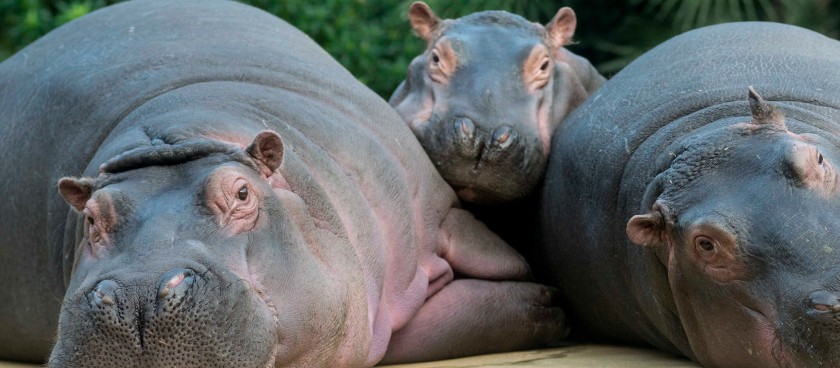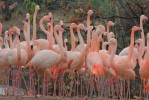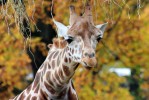- #DE15
- Hardenbergplatz 8, 10787 Berlin, Germany
- +4930254010
- info@zoo-berlin.de
- http://www.zoo-berlin.de
- Working hours*:
Monday - Sunday
9:00 -18:30 - Prices*:
Zoo:
Adults - 15,50€
Children (4-15 years) - 8,00€
Small Families - 26,00€
Large Families - 41,00€
Zoo & Aquarium
Adults - 21€
Children (4-15 years) - 10,50€
Small Families - 35,00€
Large Families - 51,00€ - * - opening and closing times as well as entrance prices, are subject to alterations without notice. Visitors are advised to check before visiting.
- 52.5079390, 13.3377760 Copy to clipboard Copy
-
#Family time , #Museums
Since summer 2017, the inhabitants include Meng Meng and Jiao Qing – the only pandas in Germany. Zoo Berlin houses threatened domestic animals as well as more exotic creatures like okapis and axolotls. Some of Zoo Berlin’s most famous inhabitants are Ivo the gorilla, Ede the hippopotamus, and Molly the common seal.
Germany’s oldest zoo blends tradition and modernity
Established in 1844, Zoo Berlin is the oldest zoo in Germany and is now one of Berlin’s best-known attractions. The 33-hectare zoo is not only extremely popular with locals, tourists from all over the world love it too. Around two thirds of the zoo and aquarium’s annual 3.5 million visitors are tourists. With historic buildings such as the Antelope House and the modern architecture of the Panda Garden and the World of Birds, Zoo Berlin offers an appealing blend of traditional and modern.
Experiencing diversity with all the senses
Modern zoos are so much more than just leisure facilities; they also play an increasingly important role in species conservation, research and education. Zoos are where many children have their first contact with the diverse animal kingdom. Meeting animals like tapirs, goats and penguins is an experience that leaves a lasting impression. Witnessing the magnificence and sheer size of an elephant in person, for example, cannot be emulated by seeing the animals in photographs or on film. Our Zoo School also offers children and adults alike a glimpse behind the scenes on exciting zoo tours.
Species conservation – an important task for the future
Zoos play a major part in efforts to protect animal species from extinction. Zoo Berlin not only contributes financially to species conservation projects around the world, it is also actively involved in international species protection programmes. Zoos have helped reintroduce species that were previously endangered or even extinct in the wild. Without the efforts of the world’s zoos, many species such as the Arabian oryx, the black-footed ferret, the red wolf, the ferruginous duck, the European bison and the Przewalski’s horse would probably no longer exist. While the protection of certain species regarded as more attractive may seem unfair, it is important to know that these animals often act as “umbrella species” whose protection indirectly benefits many lesser-known species in the ecological community.
In the early 20th century, the future also looked very bleak for one of Europe’s largest birds of prey – the bearded vulture. These vultures were already believed to have died out in their native Alpine homeland. With the help of Zoo Berlin and Tierpark Berlin, which hatched bearded vulture chicks, the birds were successfully reintroduced to their original habitat.
Working with scientists
The animal kingdom still contains many mysteries, and keepers and vets are working closely with scientists to shed light on those mysteries. Together, they hope to gain important insight into behavioural biology, for instance. Scientific research makes an important contribution to species conservation, as research findings from zoos can be used to benefit the zoo animals’ relatives in the wild. Berlin’s zoos are engaged in fruitful collaboration with the city’s universities and with the renowned Leibniz Institute for Zoo and Wildlife Research.




